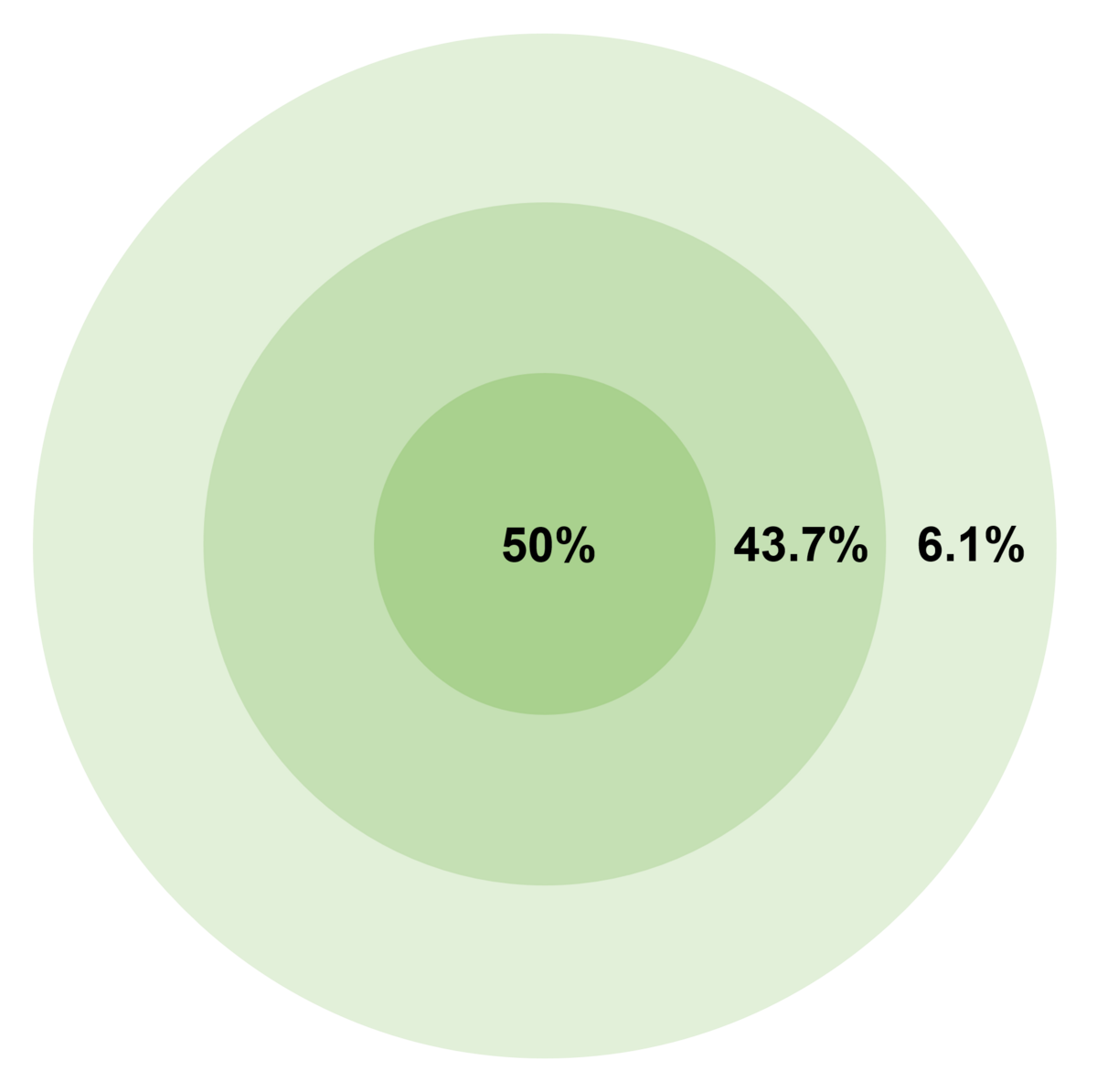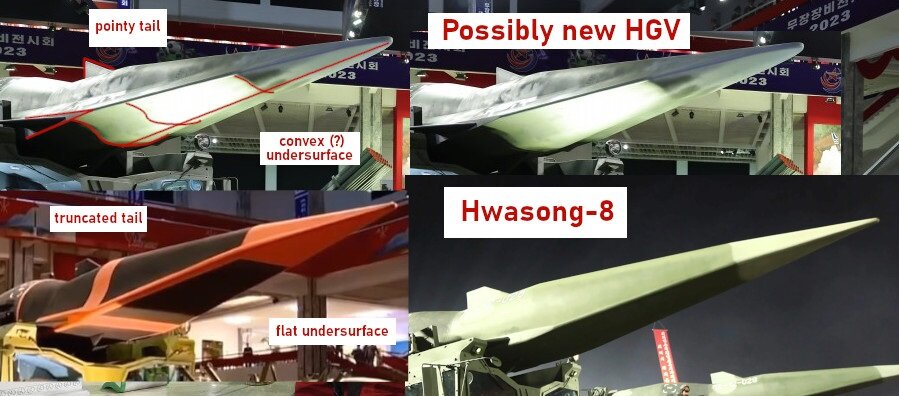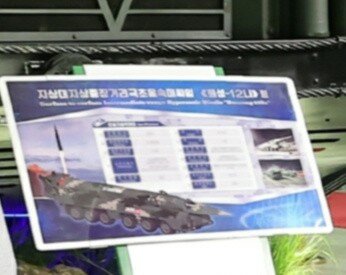Are you now arguing DPRK have taken trajectory into account? Monitoring by satellite?
You need to read again what I wrote because that is not what I wrote anywhere in this thread.
They have not satellite yet for that, I suggested it that they could launch one before they choose to do full range ICBM test.
Since North Korea has announced last year that it has set launch of a military grade satellite sometimes in April of this year.
They do highly lofted test because they can track those since it goes along width of North Korean territory on land and sea.
Hwasong-17 by itself is more than enough for that role, but changes at Sohae space launch vehicle station indicates larger SLV.
So it is possible that they have developed comparable system to Tsyklon-3(that is effectively repurposed R-36 heavy ICBM).
Hence would be possible for them to have communication satellite on sun synchronous orbit of roughly ton and a half.
They have rocket engines for a Tsyklon-3 tier SLV as Hwasong-17 has two RD-250 tier and there have been 3 successful launches.
Along 2 successful launches of Hwasong-15 that has single RD-250 tier engines, on both those have nozzles that can swivel.
Also for all we know each stage could have own transmitter.
First stage could relay to base telemetry from second stage.
Second stage could relay telemetry from third stage.
Daisy chain that would compensate insufficiencies.





